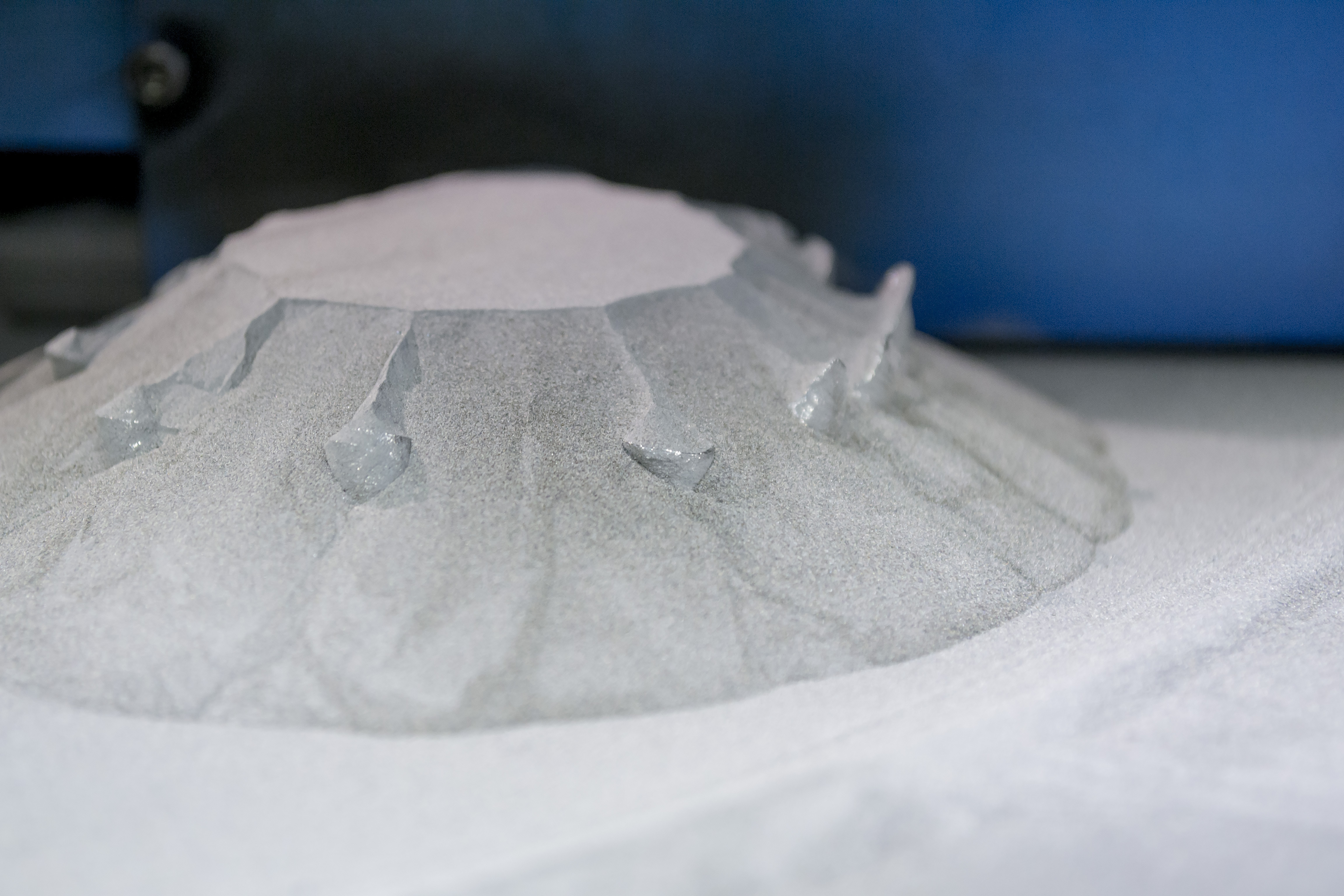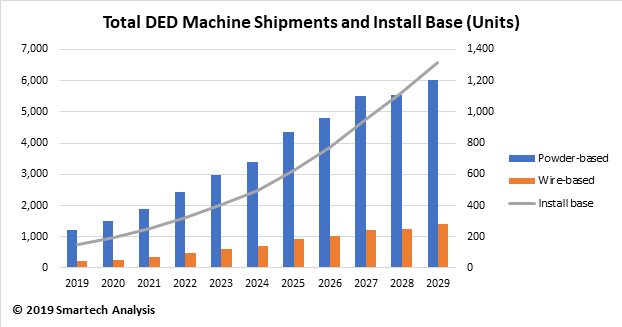In recently published SmarTech industry analysis report on 3D printing materials, we forecast that PLA would find increasing use in both the personal 3D printing and educational 3D printing sectors. Total revenue generation by this plastic is expected to reach $218 million by 2018, and go on to reach $730 million by 2022.
There are several reasons to like PLA as a 3D printing material: print quality parity with ABS is one, pleasant odor when printing is another. But the one thing that one always hears about PLA is that its biodegradability matters and will make PLA a preferred substitute for ABS.
Now PLA’s green properties may well make a difference in the eyes of consumers, but does it actually make a difference to the environment?
PLA is deemed “bio-degradable,” but that designation comes with a caveat. PLA is biodegradable only in specialized recycling facilities. The truth is that this stuff won’t dissolve in landfills or homemade compost pits, just like other plastics won’t. PLA has also been known to foil other recycling efforts by contaminating recycling batches of other plastics.
The other big question hanging over PLA – as it does over other biomaterials – is if the real opportunity cost of producing PLA – isn’t too great. PLA is made mostly from corn (in the US) and sugar cane (just about anywhere else). But could these same agricultural resources be deployed better? Say, for feeding people?
The reality is that green properties of PLA are mostly superficial. If more suitable plastic with better green properties were to appear in the 3D printing market, PLA’s future market may significantly diminish. In fact, given the realities of PLA, it is hard to imagine that PLA’s green image won’t take a hit in the future.




